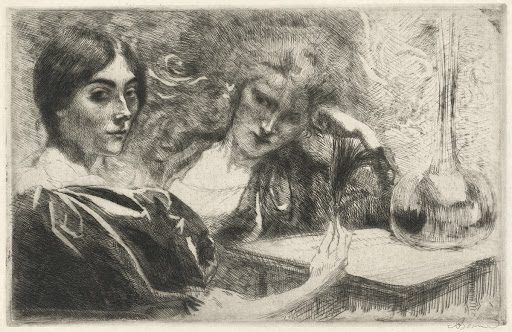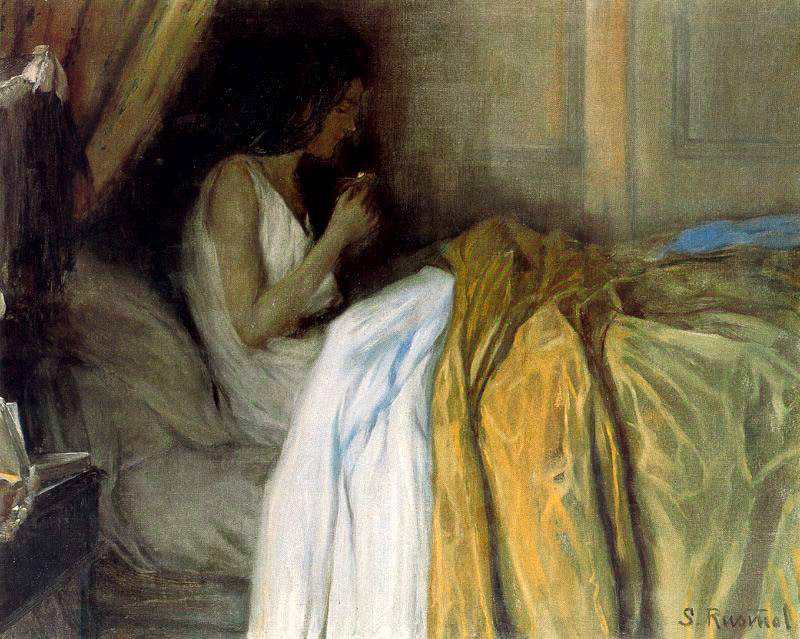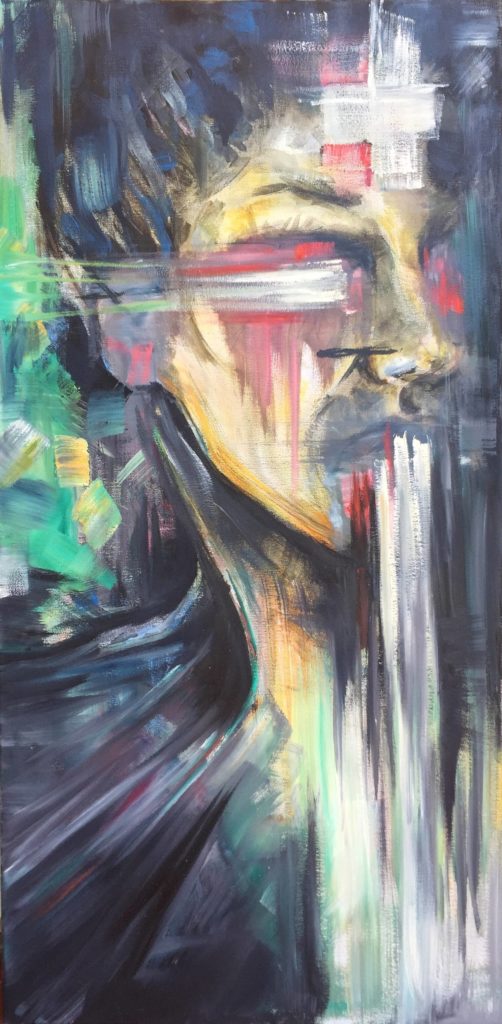An exploration of human interaction with addiction in art.
This spring semester, I took a class titled The Politics of Addiction. In this class, we explored the meaning of addiction, how it affects the addict and the people around them, and other social and medical interactions with the condition. Week after week, as we debated the meaning of addiction and how various medical and academic professionals classified it, something began to itch at my mind. As we go back and forth trying to pin meaning on the word “addiction” and dig into readings that try to explain it, I realize that we’ve mostly overlooked the human response and attempts to the issue until the end of the course.
Addiction is both a medical and social issue that is too complicated to simply classify as one or the other. Some like Gabor Maté, a well-known physician and writer with an interest in childhood development and trauma, would argue that addiction is a whole way of life. Others would ascribe a disease model and attempt to label it as a specific medical condition. Neither are completely correct. It is a problem that can be extremely specific to an individual and the sum of their experience, not something that can be classified by a simple term. While they would argue about what addiction means, I propose we should speak more of how it affects society and how we respond to it.
As an artist, when I think about a response to societal problems, I immediately wonder what kind of works artists are creating as commentary. As with addiction, art can be a representation of the human experience and how we respond to our environment. In art, individualism runs rampant and every work reflects the artist’s life, intentional or not. Artwork created amid social conflict is especially reflective of cultural interaction within a contemporary space. In any given time and place, art can inform us of societal ills and how the artist feels about them.

Artists have been responding to the topic of addiction since long before the scientific community has been attempting to give it a concrete definition. While the modern use of the term suggests drugs like methamphetamine, crack cocaine, and conditions like alcoholism, addictions to subjects and behaviors has existed long before now. There are a number of etchings and paintings depicting people, most visibly women, addicted to morphine in the late 19th century. With every discovery of a new miracle drug, there is also a possibility of drug abuse. While drug abuse can be linked to biological susceptibility to addiction, it can also be a result of underlying issues related to an individual’s trauma or disappointment with life. Often, drug addiction is not an attempt to do harm, but a consistent, self-destructive attempt to escape reality.


Two late 19th century works that stand out are Santiago Rusiñol’s “La medalla” and “The Morphine’s Girl.” The paintings are of the same subject in the same setting, Stephanie Nantas, who was Rusinol’s favorite model during his stay in Paris, before and after in sequence. For this reason, “La madella” is also known by the title, “Abans de prendre l’alcaloide (Before Taking the Alkaloid).” These two paintings depict a reality specific to the artist and this woman, narrowed down to that bed in an apartment in Paris.
These paintings don’t depict a harrowing or violent picture of drug use. While the before picture is loose and sketch-like in quality, almost grungy in appearance, “The Morphine’s Girl” is softly rendered and almost dream-like. Stephanie Nantas looks at peace and relaxed; unbothered by reality and still beautiful in this space. It doesn’t seem like the artist is particularly bothered by her morphine addiction, though his representation of her could be clouded by personal fondness.
This view is quite contrary to how addicts are often depicted in modern media, as restless criminals whose beauty is often ravaged by drug use. It could also be a reflection of propriety at the time, which wouldn’t allow for more visceral, angry imagery of drug use. At this time, you wouldn’t see drawings and paintings of the drugs themselves or people using them, usually just the after-effects as shown in the etching above. I don’t prefer this rose-colored, beautification, of drug addiction as it can be problematic in its avoidance of the harm that addiction can cause. At the same time, modern art’s explicit, realistic portrayal of drug use can sometimes remove the humanity of the subject. An addict is not just a manifestation of their addiction, though it may play a huge role in their life. Often, the addiction is only a symptom of a larger problem. Most often, that problem is poverty and/or domestic abuse.

Art can also be a method of inviting awareness of an issue. There’s no lack of talk about the subject in the news and in articles here and there, but people often treat it as white noise and overlook the grievous harm it puts on society as a whole. Drug criminalization exacerbating the problem, expensive rehabs conning people out of their life savings, the normalization of alcohol abuse in film and television. These are all common subjects we hear about nearly every day, but still there isn’t enough candid conversation about what can be done to improve addict’s lives. In that respect, the visual feast presented in art can ignite a feeling that we can’t fade into background noise as we do with a news report.
“Cocaine” by Sofiya Minkova hits somewhere in the middle-ground between reality and abstracted feeling. The imagery is captivating, yet violent, and indicative of this woman’s suffering. At the same time, the subject of addiction wouldn’t be obvious if we didn’t know the title of the work. The association between the word “cocaine” and the artist’s painting shed light on the artist’s intention and forces the viewer to think more about what they’re looking at. Though beautiful is a difficult word to use to describe the work, there is beauty in the feeling this painting evokes. You don’t know if the woman is real or not, but the pain still exists.
After viewing works like “Cocaine,” what, would you feel upon further reflection of the experience of drug addiction? Would one still cast aspersions on addicts and ignore their pain? Whenever the news runs another story about the opioid crisis, would it continue to sit in your mind as common background noise? Art incites a form of sociocultural engagement with the artist’s experience and we would be remiss to ignore it.
Leave a Comment